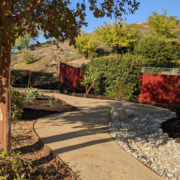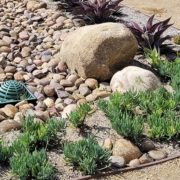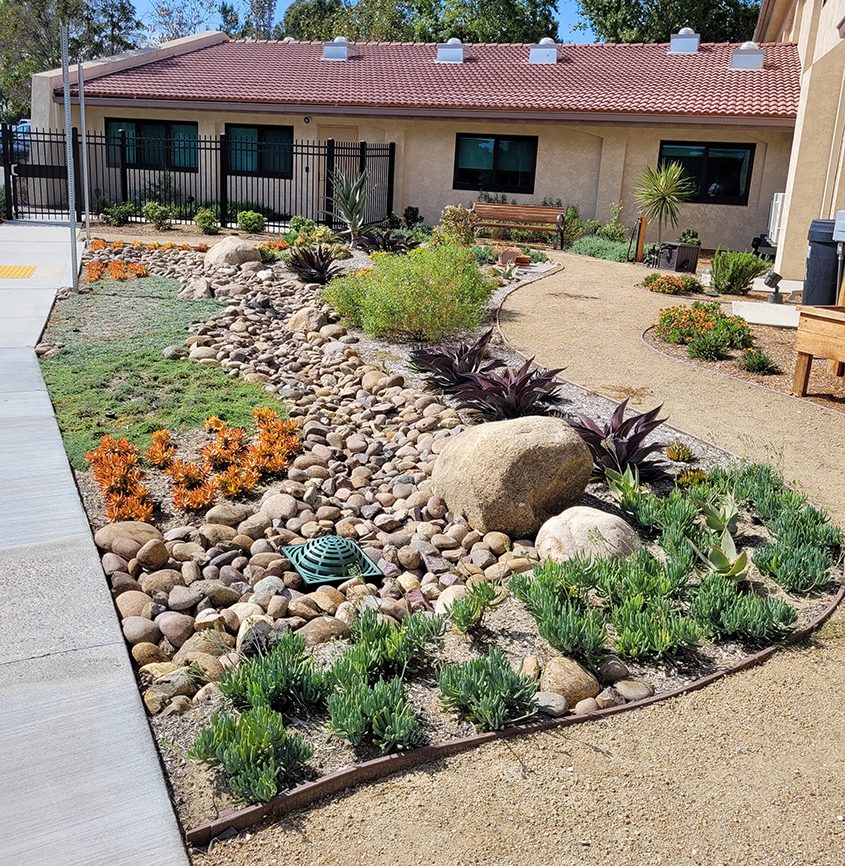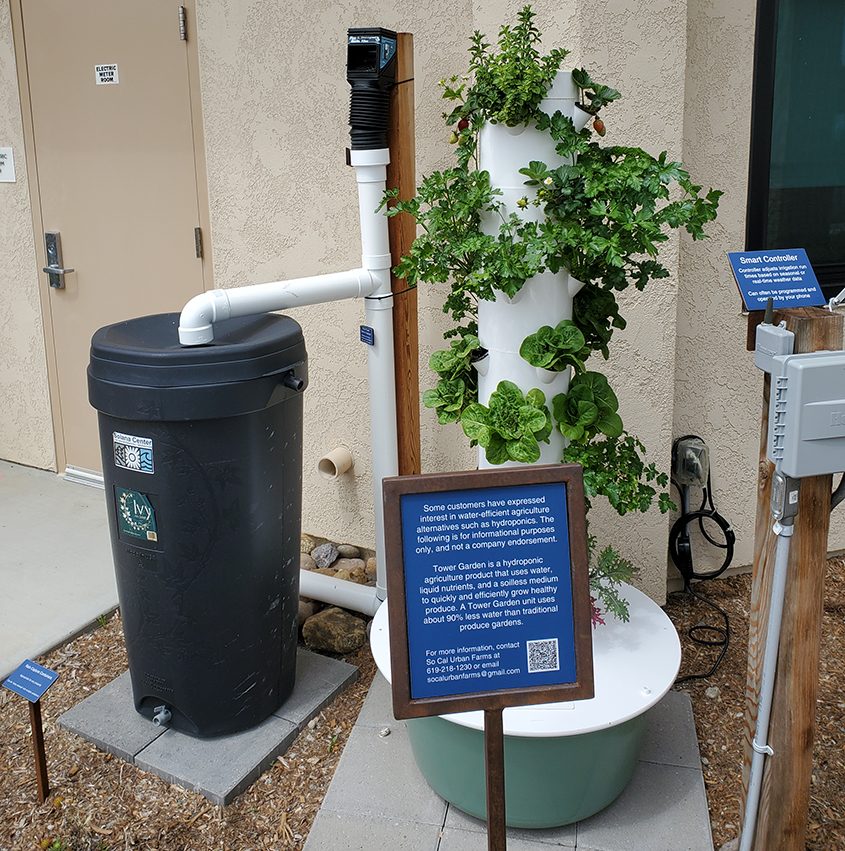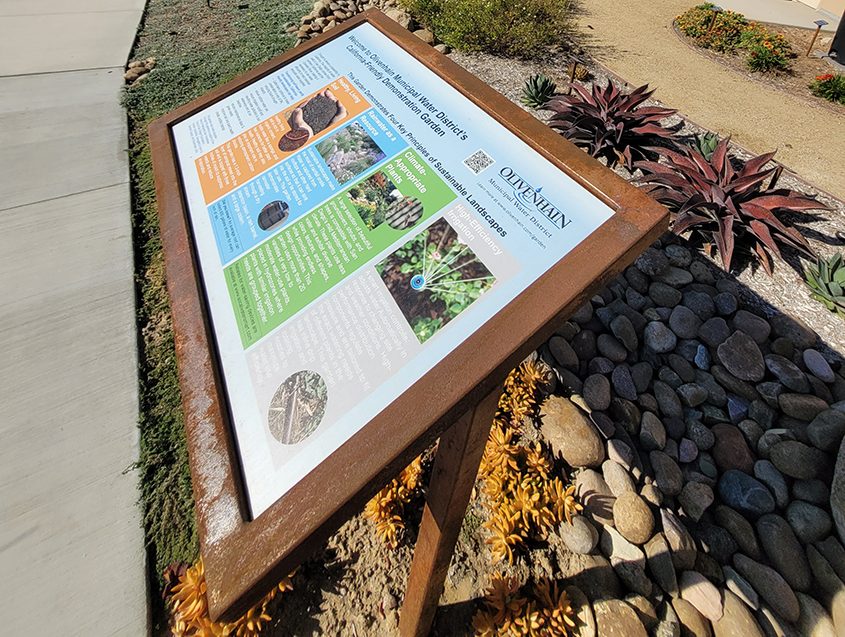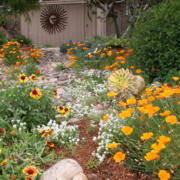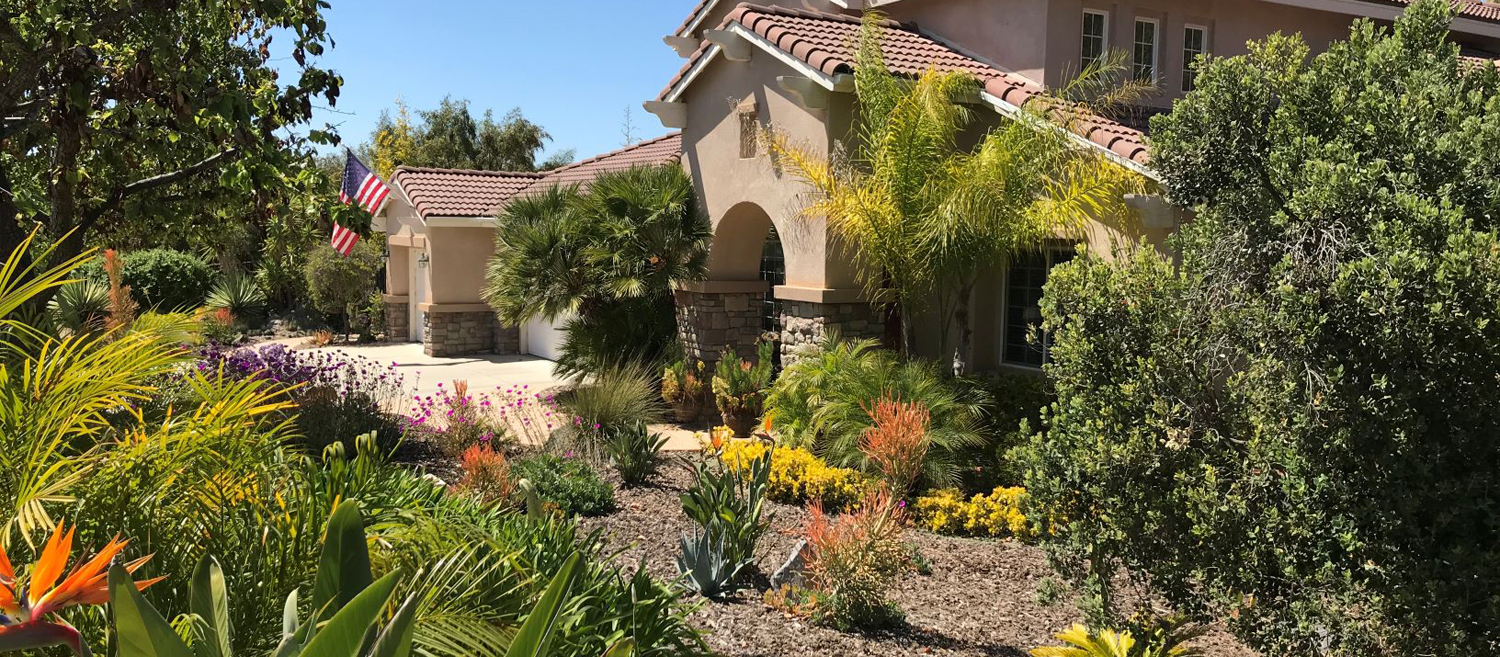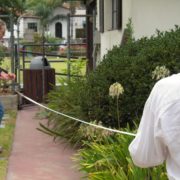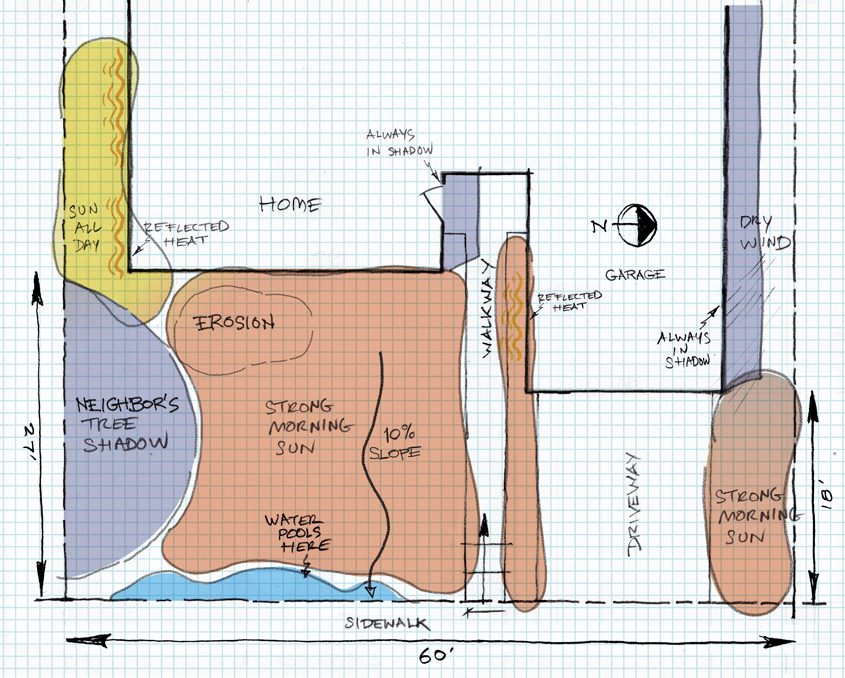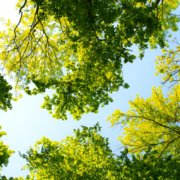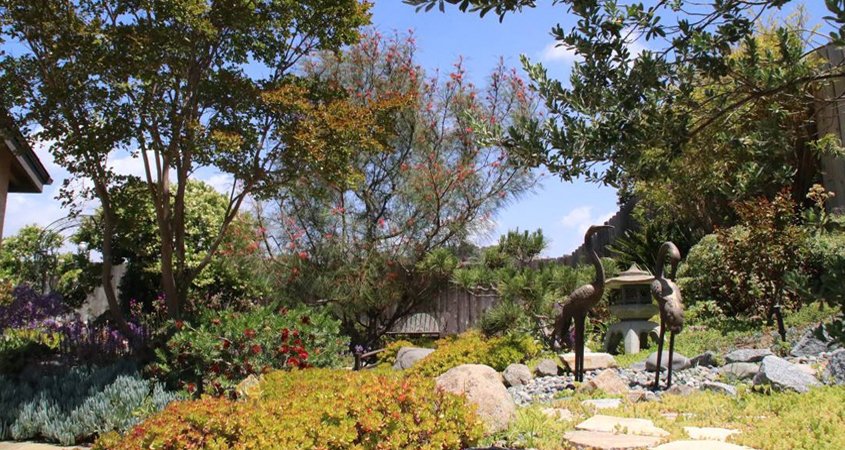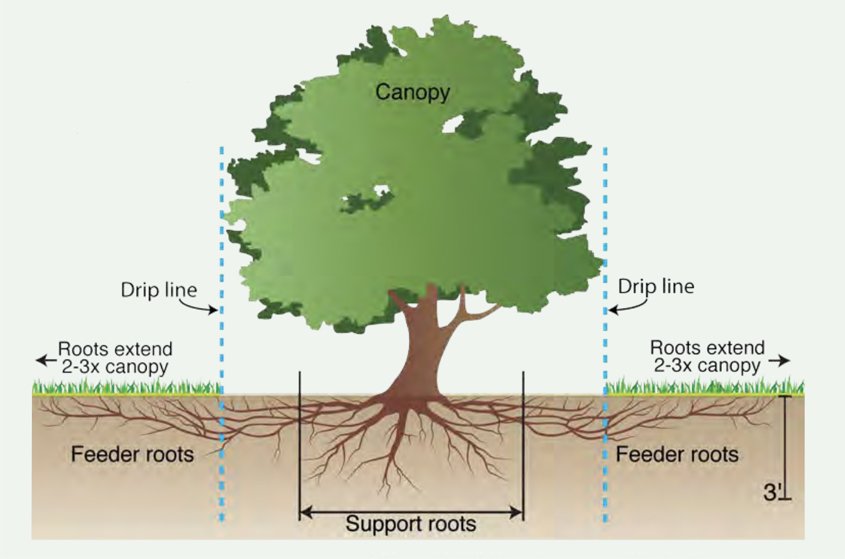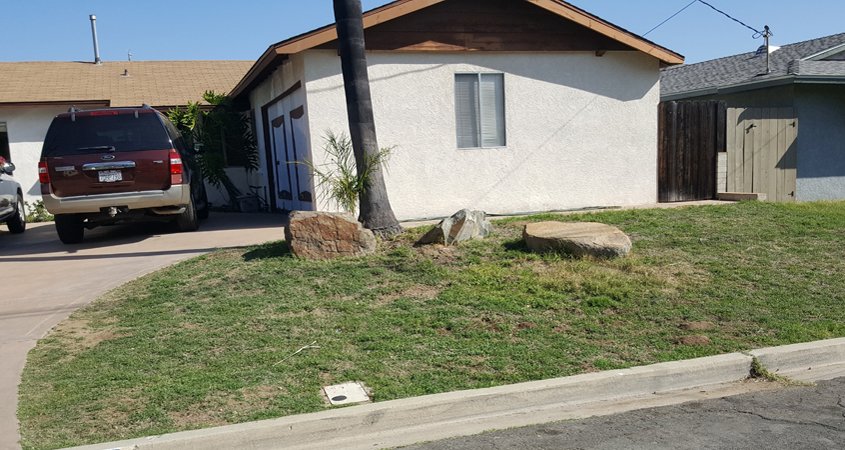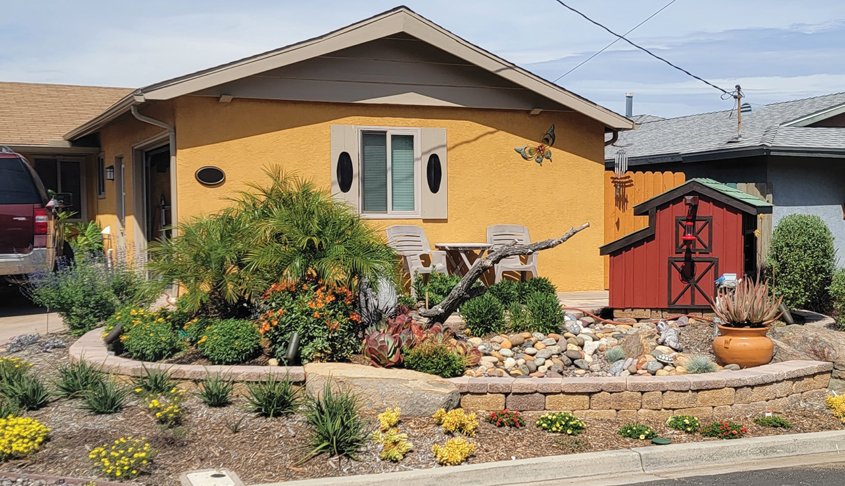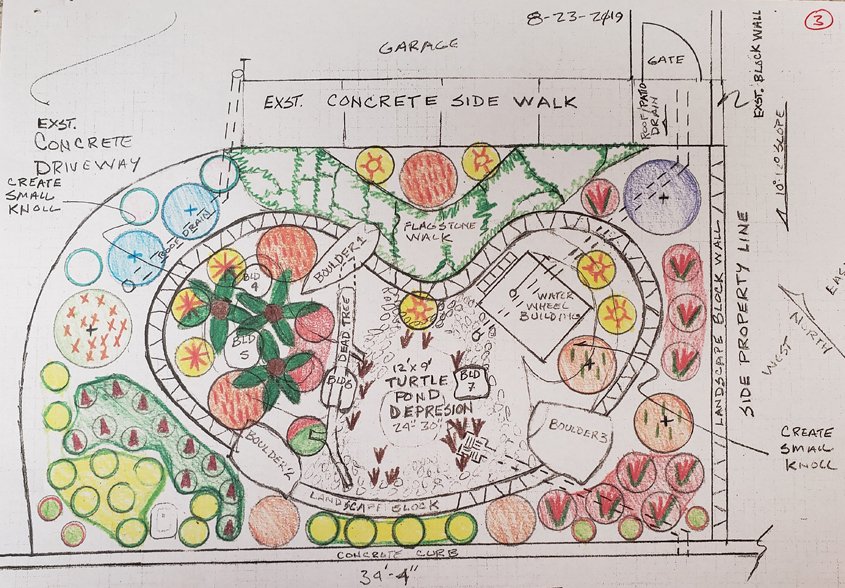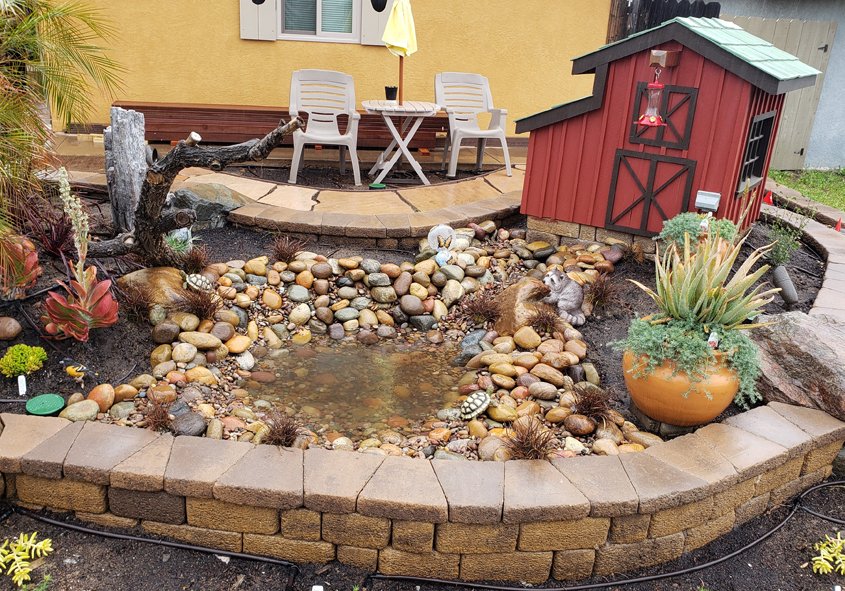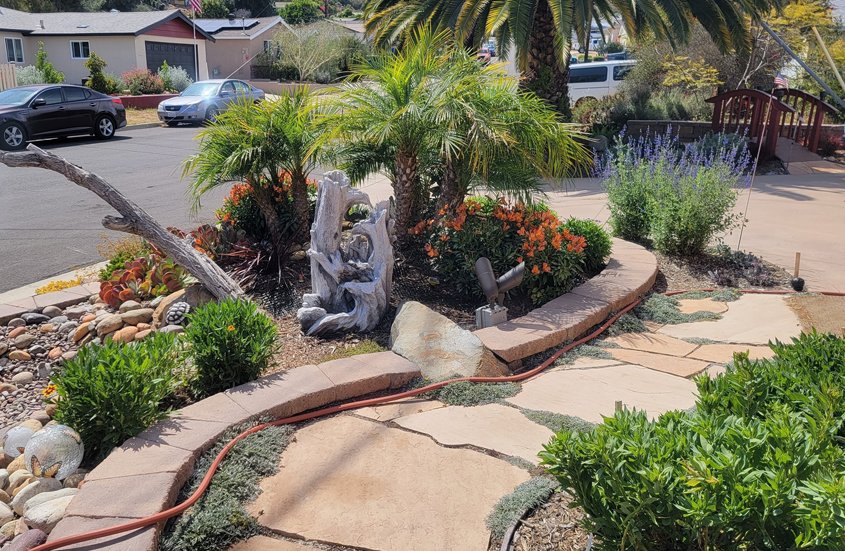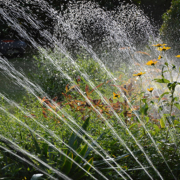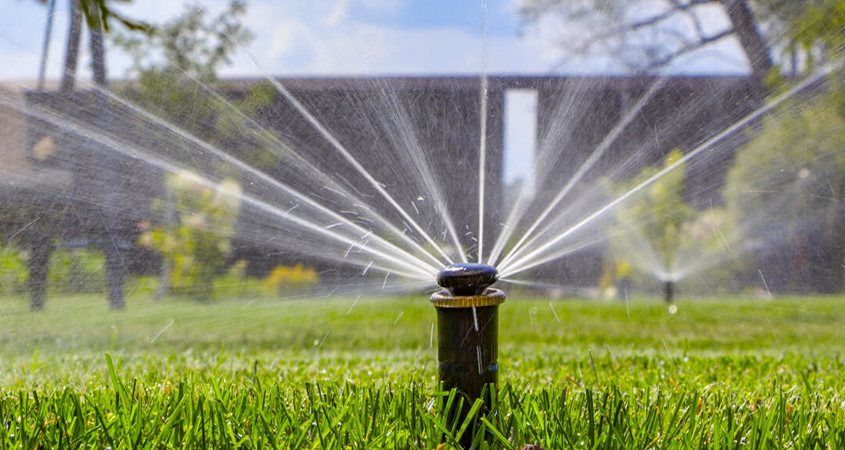Free Landscape Workshops Convenient for Vallecitos Customers
In partnership with the San Diego County Water Authority and the City of San Marcos, the Vallecitos Water District offers a series of five WaterSmart landscape design workshops in August and September to help its customers redesign and install new water-saving, sustainable landscapes at a convenient North County location.
Classes take place every other Wednesday evening from 5:30 p.m. to 8:30 p.m. starting August 2 at the Vallecitos Water District, 201 Vallecitos De Oro in San Marcos. The series is now open for registration at www.sdcwa.org/your-water/conservation/classes/. Scroll down to find the in-person course schedule or use the QR Code below. Prior registration is required.

Use the QR Code to access landscape design workshop information and to register.
Plan ahead during summer months for fall installation
Summer is an ideal time to begin the workshop series. Participants who complete all five workshops receive a free visit to their home by a professional landscape architect to help them put a plan in place for installation during the cooler fall and winter months.
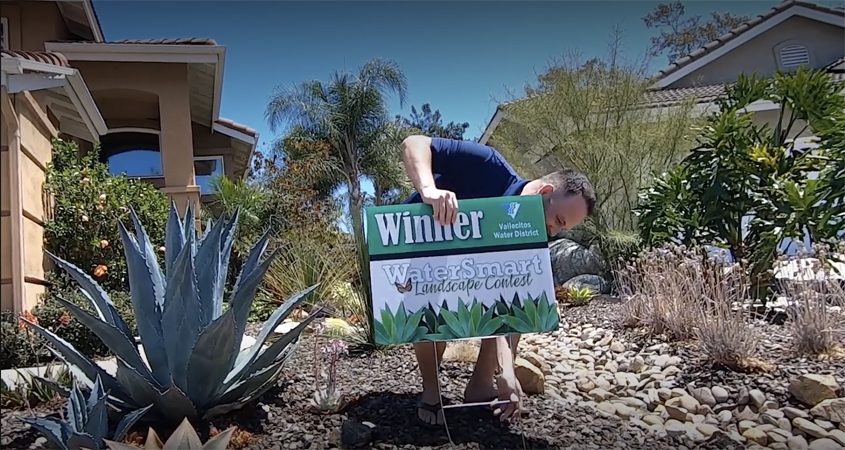
The Delaplanes received first place in the 2022 Vallecitos Water District landscape makeover contest due to the addition of a working bioswale. Photo: Vallecitos Water District
Residents in San Diego County have used the know-how from the free workshops to convert more than 1.5 million square feet of grass into beautiful, sustainable landscapes. They use less water and provide a lifestyle-friendly yard ideal for San Diego’s climate. New landscapes installed through the program have been proven to reduce water use by up to 37%.
Webinar topics cover residential landscape design for the homeowner, plant palettes, healthy soil, irrigation retrofits, and streamlined landscape maintenance. More than 8,000 San Diego County residents have taken these courses to date.
Low-water use plants, improved irrigation technologies, and WaterSmart classes reduce energy use, protect natural resources, and create beautiful outdoor living spaces as well as save water.
Save water, and save money with rebates
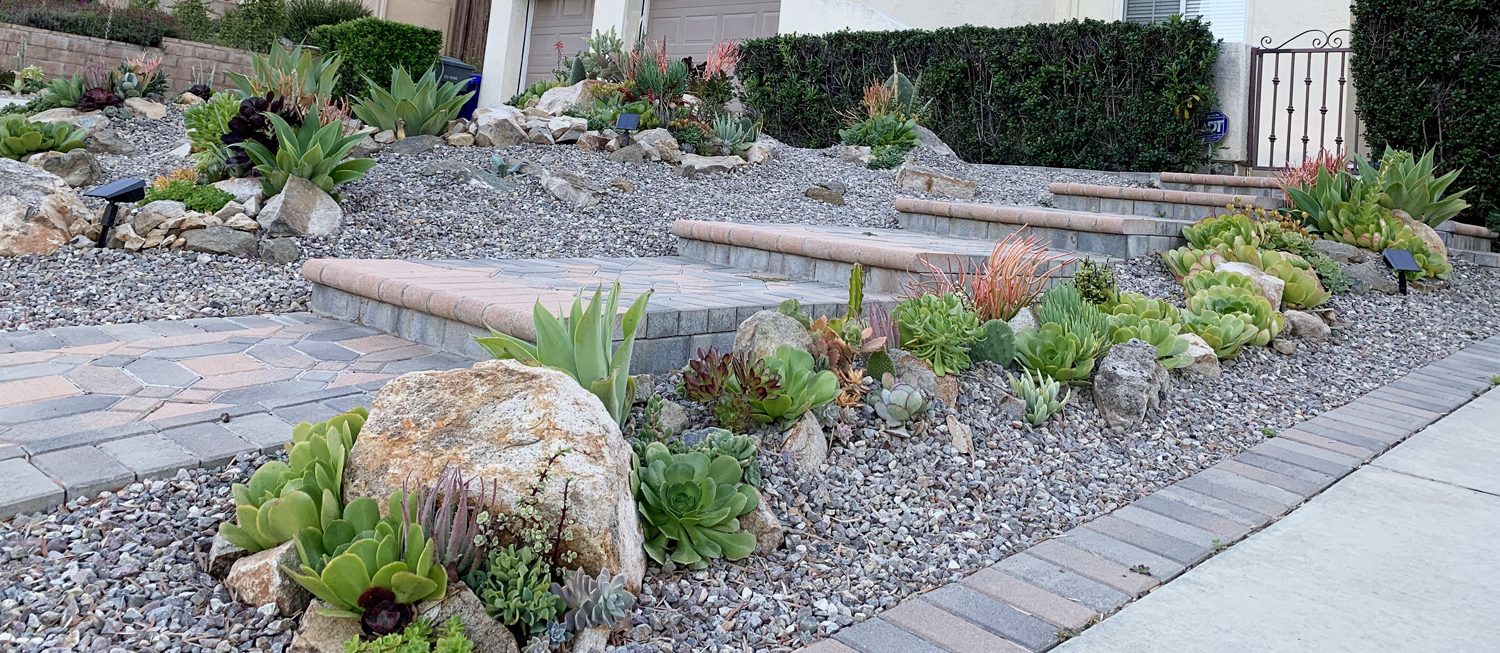
The Chens transformed their love for succulents into an award-winning landscape makeover. Photo: Vallecitos Water District
Landscape watering accounts for more than half of a typical household’s water use in California. WaterSmart workshops help residents create a drought-tolerant, water-efficient landscape with a design that maximizes enjoyment of the outdoor space. In addition, homeowners can save the time and expense required for ongoing maintenance of turf.
San Diego County homeowners may be eligible for between $2 and $4 per square foot to remove grass and replace it with low water-use plants better suited to our region’s hotter, drier weather. All customers are eligible for the base rebate of $2 per square foot. Residents in unincorporated San Diego County may be eligible for additional incentives through the Waterscape Rebate Program.
Vallecitos is hosting FREE workshop on 9/13 to give you strategies to use our limited water sources wisely, including integrating stormwater capture into your landscape & conserving water w/simple irrigation retrofits. Register: https://t.co/UAxeiF0VAg. @sanmarcoscity @sdcwa pic.twitter.com/FEZ0Q2mkSV
— Vallecitos Water 💦 (@vallecitoswater) July 22, 2023
(Editor’s note: The Vallecitos Water District is one of the San Diego County Water Authority’s 24 member agencies that deliver water across the San Diego County region.)

